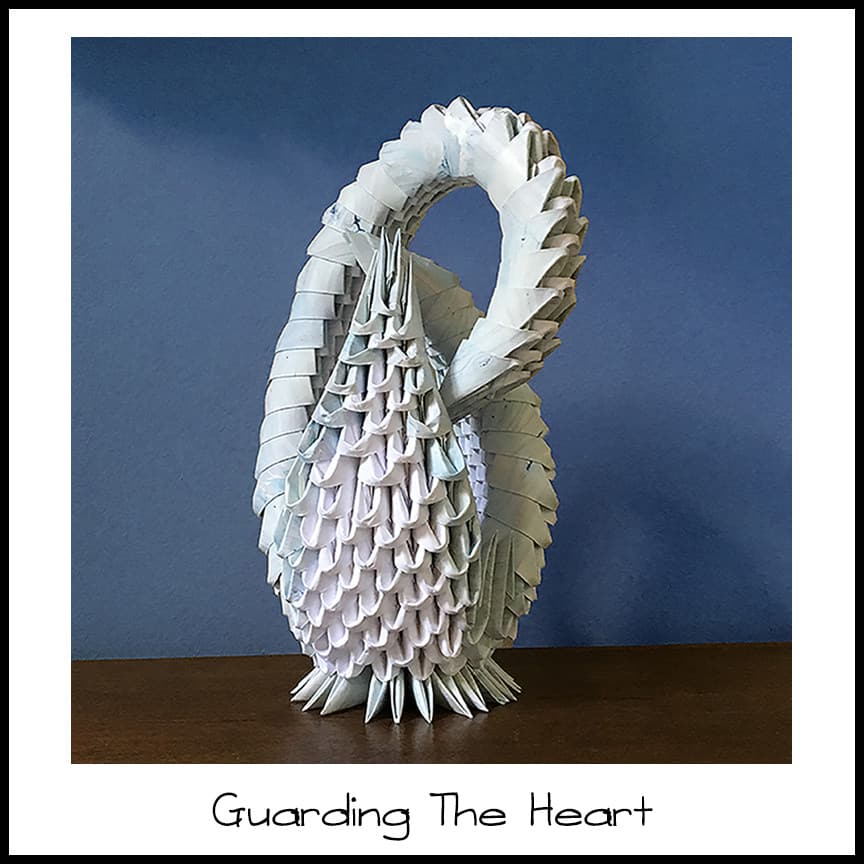On the day created to celebrate this remarkable planet and to serve as encouragement to come together and take action for a healthier planet and brighter future, I thought it might also be a good time to celebrate the amazing amount of mathematics that exist in nature.

Many of the links below can be found on the Math in Nature Pintrest page but I thought I would directly share some of my favorites:
Spectacular Geometric Forms Find Balance in Nature
Ultra-macro of corals (particularly pertinent given the global coral bleaching event currently occuring)
Beauty and Brains: Award-Winning Medical Images
And one for fun:
Furbonacci Sequence Proves That Cats Are Purrfect
Happy Earth Day








